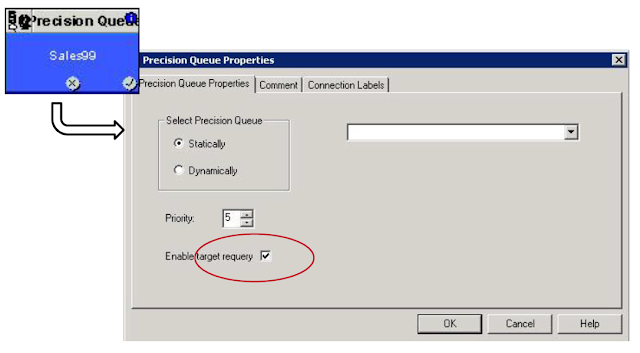Hello everyone,
Today I would like to share a case, which happened at our customer UCCE recently. They tried to configure Ringing On No Answer (RONA) logic in their contact center. However when they tested it, they discovered that if the agent didn’t answer the call, his state didn’t change to Not Ready as it should be normally. The Agent was still in Ready state, so the unanswered call returned back to the queue could reach him again. Their system was UCCE 12.5 with CVP.
Well, this is one of the well-known UCCE bugs, guys, for example this one – CSCuy04284. The solution is NOT to set the RONA timer in the ICM Agent Desktop Settings profile, only in the CVP itself. This is what Cisco says about:
“For Unified CCE deployments with CVP, configure Ring No Answer (RNA) timeout in CVP only. This removes the requirement to manually align the relevant CVP and Unified CCE timer configuration. If you configure Ring No Answer timeout on CVP, you need not configure RNA timeout in Unified CCE. To configure RNA time in CVP, see the Patterns for RNA timeout on outbound SIP calls section in the CVP OAMP console. After a CVP requery due to the RNA condition, once the call is revoked, the agent is transitioned to the not ready state. For non-CVP based Unified CCE deployments, you must configure RNA timeout in Unified CCE (using the Agent Desk Settings List Tool on the CCE Administration Workstation).”
When we checked the RONA timer in the Agent Desk Settings, we found that it was really configured with some value, but it wasn’t blank. Here is where you can see it in the UCCE Configuration Manager:
Once we removed the value from Ring No Answer time field there and made another test, everything worked as expected.
The only reminder for you all, people – if you want your RONA to work at all, check please if the CVP RNA timer is set to the value less than on the CUCM one, and don’t forget to enable Target Requery in the ICM script (in Queue to Skill Group, Precision Queue or Label nodes) like in the example below:

